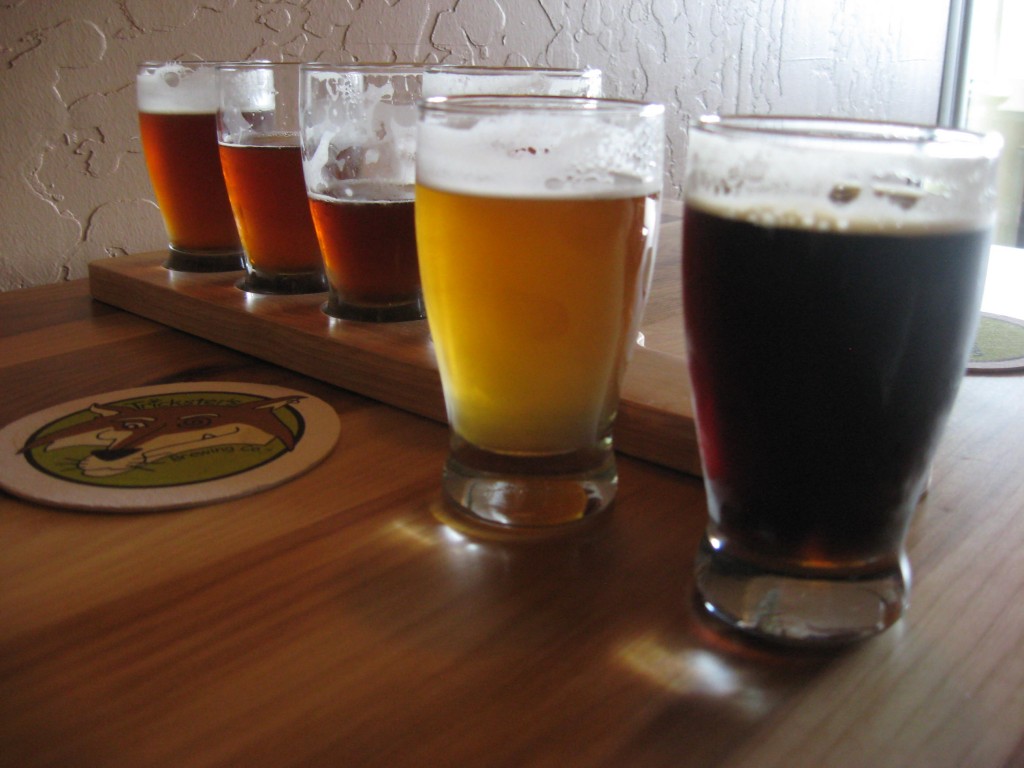
If there is one thing that we all go a bit crazy for, it’s oak matured booze. Even if you’re not a big spirit lover, odds are good you’ve indulged frequently on other such oaked products like balsamic vinegar and Worcestershire or Tabasco sauces. For those who have discovered the world of a well-aged whisky, tequila, brandy, rum or fortified wine, it’s an appreciation easily bought by a bottle carrying buzz terms like extra añejo, solera, single barrel, cask strength, sherry finish or paradise. But what do we really understand about the influence of the oak barrel?
Anyone who has ever attended a whisky masterclass might have had further terms like vanillin, tannin, lignin, lactone, alligator char, conditioning – and something about ‘greedy angels’ – all thrown at them by an overtly gregarious brand ambassador. It’s a language few understand and while the science may be more than a little confusing, the results are anything but. As age statements are being removed more and more from bottles of Scotch [see: The Oak Conundrum], understanding oak selection and cask finish is becoming more and more important.
Despite archeological evidence placing the art of the ‘cooper’ as far back as 100BC, the wooden cask has evolved little over the last two millennia. The ‘why’ lies not in the latency of technology but rather its modern rebirth as the best tea bag in the world.
Want to read more? Please click…



 Nearly everyone has heard of the legendary upstate New York hops industry. While many people cite “the blight” as the cause for its demise, they are unaware of other more important factors which also contributed. Lately, there has been a great deal of discussion regarding the possibility of growing hops again in this area, with many people asking if it can be done, and if so, how? The answer to that important question is yes, but to be successful, an entirely new approach must be taken. Fortunately, there are people willing to pursue that different angle, and in doing so, they are helping to both preserve hops history and plant economic seeds for the future.
Nearly everyone has heard of the legendary upstate New York hops industry. While many people cite “the blight” as the cause for its demise, they are unaware of other more important factors which also contributed. Lately, there has been a great deal of discussion regarding the possibility of growing hops again in this area, with many people asking if it can be done, and if so, how? The answer to that important question is yes, but to be successful, an entirely new approach must be taken. Fortunately, there are people willing to pursue that different angle, and in doing so, they are helping to both preserve hops history and plant economic seeds for the future.



You must be logged in to post a comment.